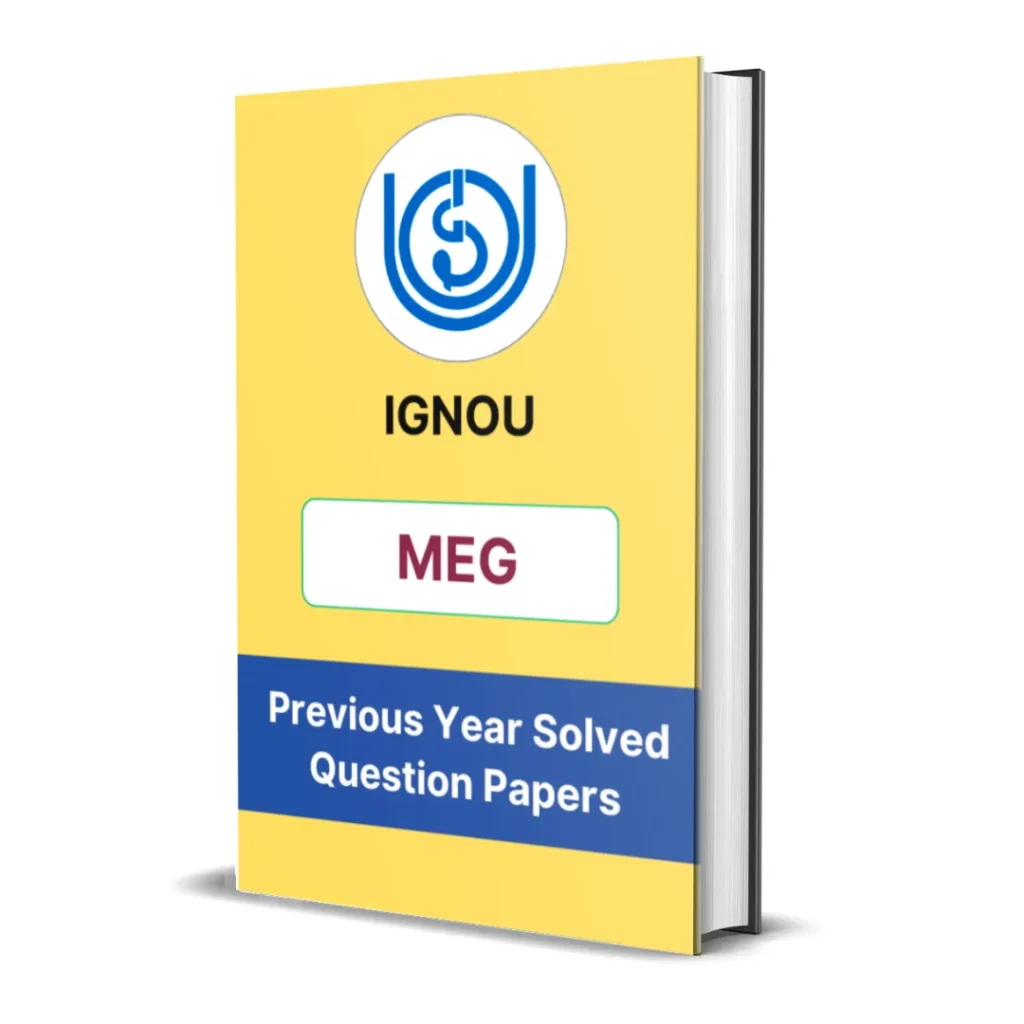MEG-15 Block 2 Summary | Comparative Indian Literature-1
- Last Updated On October 20, 2025
Table of Contents
Here you will get the detailed summary of IGNOU MEG 15 Block 2 – Comparative Indian Literature-1.
We have provided the summary of all units starting from unit 1 to unit 4.

Unit 1 – Literature and Culture
Unit 1 of IGNOU MEG-15 Block 2 focuses on exploring the relationship between literature and culture in the Indian context. This unit explains how literature is both a reflection of and a participant in cultural life. It emphasizes that Indian literature cannot be studied in isolation from its social, religious, and philosophical background.
The unit discusses how literature expresses the values, traditions, and worldviews of Indian society. It highlights the role of myths, rituals, folklore, and oral traditions in shaping literary expression. Culture provides the symbols, images, and ideas that writers draw upon to communicate with their audience.
The unit also points out that Indian literature, composed in many languages and shaped by regional as well as pan-Indian influences, demonstrates a unity in diversity. Literature thus becomes a mirror of India’s composite culture, revealing how regional identities coexist with a shared national consciousness.

Unit 2 – Oral and Written Literature
Unit 2 of IGNOU MEG-15 Block 2 focuses on examining the dynamic relationship between oral and written traditions in Indian literature. The unit explains that India’s literary heritage began as an oral tradition, with texts like the Vedas, epics, and folktales transmitted verbally for centuries before being written down.
Oral literature — including folk songs, ballads, myths, and epics — plays a vital role in preserving community memory and cultural values. These oral narratives often blend with written forms, influencing classical and modern literary compositions. The unit shows how written literature in Sanskrit, Tamil, Hindi, and other languages absorbed the vitality and immediacy of oral storytelling.
It further discusses how the transition from orality to writing changed literary forms, but did not erase oral traditions. In contemporary times, oral and written modes continue to coexist, influencing each other in Indian literature, theatre, and performance art.

Unit 3 – Indian Literature: Historiography and Periodization
Unit 3 of IGNOU MEG-15 Block 2 focuses on discussing the historical study and classification of Indian literature, addressing the problems of historiography and periodization. The unit examines how the vast body of Indian literature—across multiple languages and centuries—can be meaningfully organized and studied.
Traditional literary histories often followed linguistic or regional lines, but comparative studies emphasize interconnections across regions and languages. The unit highlights different approaches to periodization, such as dividing Indian literature into ancient, medieval, and modern phases, while acknowledging that these categories are fluid and culturally specific.
The concept of historiography here involves not only recording literary developments but also interpreting them in relation to social, political, and philosophical movements. The unit encourages students to question Eurocentric models of literary history and to recognize India’s unique, pluralistic evolution of literary forms.
Unit 4 – Readings and Interpretation
Unit 4 of IGNOU MEG-15 Block 2 focuses on the practice of comparative reading and interpretation within Indian literature. This unit demonstrates how comparative methods can be applied to Indian texts written in different languages, genres, and periods.
It emphasizes the importance of reading literary works in their cultural and historical contexts, considering factors such as translation, adaptation, and audience reception. The unit also explores how themes like love, devotion, heroism, and social reform appear across Indian languages, reflecting both shared and diverse sensibilities.
By comparing texts such as Ramayana versions in different languages or modern reinterpretations of classical myths, the unit shows how Indian literature sustains a continuous dialogue across time and space. Comparative interpretation thus reveals the richness and interconnectedness of India’s literary traditions.